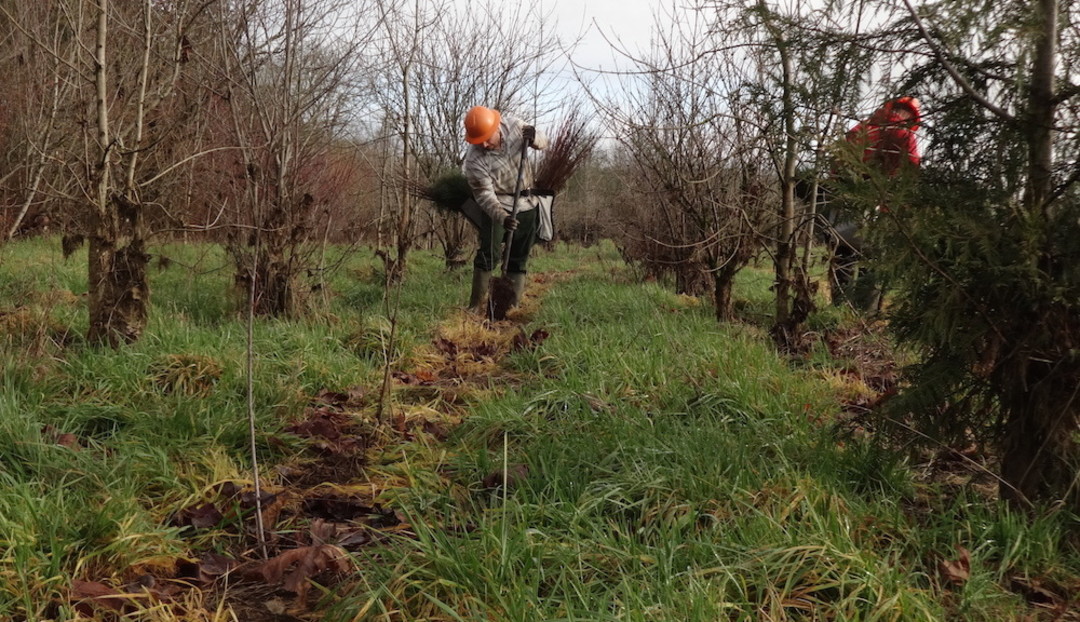How Do You Save an Important Oregon Watershed?

Image: Tree for All
In 2005, a program focused on improving watershed health in the Tualatin River Basin challenged its network of participants to plant two million native trees and shrubs in the area over the next twenty years.
Tree-planting is a tried-and-true method for watershed management with numerous benefits such as filtering runoff, stabilizing banks, providing flood control, and cooling water. “We had decided that planting trees was better than putting chillers in the water,” says Karen Debaker of Oregon’s Clean Water Services. “So we started talking to potential partners. The partnerships are really what make this project work.”
Ten years later, Tree for All has more than surpassed that original goal with upwards of 4.5 million “woody-stemmed” trees and shrubs enjoying new residence in Tualatin soil due to the extensive coordination of cities, nonprofits, farmers, volunteers, and other partners in the restoration program.
Tree For All sponsors one event in each participating city a year, during which some cities are able reach their planting quota. Other cities rely on additional planting by contractors and volunteers. “We heard from a group of people who had lost a friend, and decided to honor that friend by planting trees,” says Clean Water Services’ Laura Porter. “So they planted with us on a regular basis.”
Nicole Ahr, Restoration Program Manager for the Tualatin Soil and Water Conservation District’s, works primarily with private landowners in rural areas of Washington County. The District offers two voluntary, incentive-based programs for stream side restoration and filter landowners into a program based on restoration needs.
“We have farmers come to us and say ‘we have this one area with blackberry bushes that we’re tired of farming,’ and that ends up being a place we’re interested in restoring,” says Ahr. “Our restoration work fits well with many farming situations, so it really is a rewarding project for everyone involved.”
Tree For All organizers also note the productive impact that restoration programs have on local economies, pointing out the increase in business for some regional nurseries specializing in native plants species as well as local contractors mobilized to help with planting. “We’re all meeting in the middle of a Venn Diagram,” says Porter.
After the rousing success of its tree-planting program, Tree For All decided to up the ante for the 2014–2015 planting season with a “Million Plant March,” a new challenge asking participants to plant a million trees and shrubs within just one year. The challenge started last fall and at the time of this writing has already resulted in around 94.7 thousand newly-planted trees and shrubs. Interested readers can watch the sum constantly tick towards one million on Tree For All’s website, as participants log recent plantings.
While Tree for All will almost certainly accomplish this challenge in the next few weeks (possibly in time for Arbor Day!) their work is nowhere close to finished. “We view meeting this one million marker as a kickoff for the next decade,” says Porter. “This is a beginning, not an end.”




